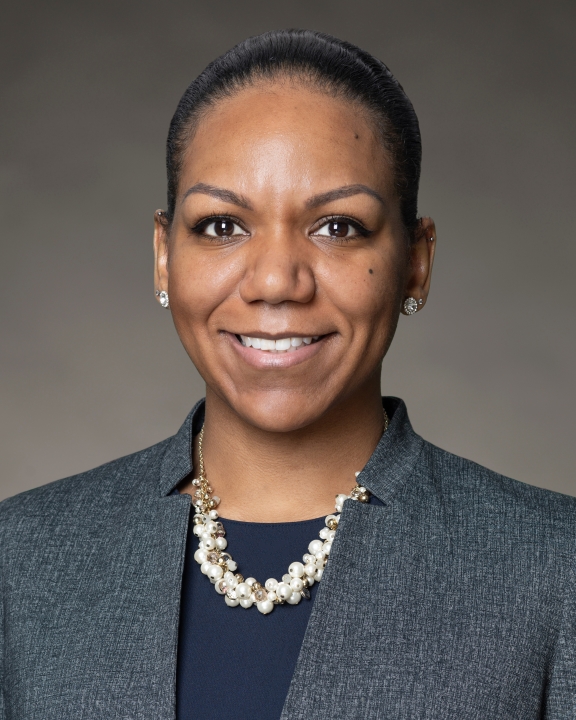Desperate Times Call for Desperate Measures
In merely days, COVID-19 evolved from an international concern to a national emergency here in the United States. As of March 23, 2020, over 38,000 community-acquired cases have been confirmed nationwide, amidst very limited testing. Public health officials and hospital administrators across the country are on high alert, frantically building capacity for an escalating crisis and trying to amass critical resources that are not readily available.
Officials have frequently compared the nationwide community effort needed to combat this to that of World War II, in an effort to activate civilians in taking on the extreme yet deceivingly simple-sounding duty of social distancing. This comes at a great economic expense and challenges fundamental aspects of the American ethos: individual freedom and the daily pursuit of the American Dream. It is in these times that leaders call upon us to unite against a common enemy. But this enemy, is invisible. The damage it causes, however, is not.
For our most vulnerable, social distancing means isolation from help and resources. Leaving home to venture into a world contaminated with a deadly contagious disease can be terrifying. For those living with chronic illness, compromised immune systems, advanced age or physical and/or psychosocial limitations, the task of social distancing means being disconnected from services that keep their lives running. It can mean difficult choices that risk exposure and increased morbidity for those infected. For health care providers, this is a call to action.
How can the health care system adapt to take care of these vulnerable members of our society without endangering and exposing them to COVID-19? How do we manage the many individuals who will contract the virus but have symptoms that are treatable at home? How can we help to stop the spread by preventing avoidable utilization and reserving capacity for those who critically need it? How do we accelerate converting our volume driven system into one that rapidly risk-stratifies and diverts the right levels of resources to those who need it, when they need it?
Leveraging and Accelerating Existing Trends: Telehealth and Telemonitoring
Telehealth services and home monitoring tools are being rapidly scaled to respond to this demand. These are not new. They have been resources available and piloted across the country, with early results demonstrating reduced avoidable utilization, higher patient engagement, and increased access to care. The ability to extend the care team into the home allows patients to continue to receive clinical support and guidance without having to set foot in a doctor’s office. Telemonitoring tools allow for the integration of the patient and their caregivers more deeply into the care team, enhancing care management by facilitating the timely sharing of critical information or biometric data triggering updated care plans and consultations, addressing social needs and appropriate escalations.
While the current crisis calls for drastic measures, it also applies the pressure to move on innovation. It exposes and amplifies the weaknesses in our existing system, demanding action. The enormous capacity constraints have served as a catalyst for telehealth and tele-monitoring services. Regulatory barriers have been lifted allowing for clinical staff from across the country to provide care in other states. Medicare has modified reimbursement requirements to allow providers to bill for more telehealth visits. Implementation of emergency response plans calls for new workflows and processes that keep people in their homes.
What Does a Remote Monitoring Telehealth Strategy Look Like?
Hospitals and plans can leverage these resources to support frontline staff and patients by taking the following steps:
- Identify the people who need the service: While claims analysis is ideal, it may not be feasible in a time of crisis. Use existing chase lists and resources to generate a sub-population of people at high risk to engage early as a prevention strategy. This can be integrated into existing disease management and high-risk patient management programs. Be sure to expand existing algorithms to incorporate seniors. Secondarily, as patients report potential exposure or are confirmed with mild symptoms, have a mechanism to add them to this list for active engagement and management. This new patient registry will need to be managed and maintained throughout the crisis.
- Engage and onboard patients and caregivers to a telemonitoring platform: Many telemonitoring services leverage apps that work on most smart phones and devices. Educate patients on how they can use this service to report symptoms, request service needs and ask questions to empower them and their caregivers to manage their conditions from home. Encourage the active entry of key indicators and biometrics where available. Use trained, non-clinical staff to support patient education on use of the tool and as a resource to ensure internet connectivity. These are common barriers, particularly for the elderly.
- Activate the care team to be responsive to alerts and new information: The information collected through telemonitoring tools can be processed, either manually via care team/nurse review or ideally using an algorithm to identify changes in status or condition, escalate critical needs and identify at risk patients. Protocols should exist to trigger appropriate follow up and engagement, leveraging telehealth and other resources as appropriate to resolve identified issues.
Once we are on the other side of this crisis, further integration into the larger care model and workflows can rescale and retarget program resources to continue to maximize health care capacity and reduce avoidable utilization.
Advancing the Inevitable
In the midst of the chaos, much of what is happening feels foreign and unorthodox. However, this crisis has exposed the same weaknesses ongoing reform seeks to remedy, and invokes many of the same fundamental principles of value-based care. If there is a silver lining in all of this, it is that this has catalyzed much needed change. If employed properly, these tools can continue to serve us beyond this crisis and institutionalize systemic resilience against future crises.
Building a robust scalable care management strategy inclusive of tools and processes to provide services and support to people in their homes, if possible engaging family and other support network in the process, is a key ingredient in population health management. Remote patient monitoring, telehealth and the empowerment of non-clinical supports are all success factors of community-based care. It promotes access through availing capacity at the top-of-license, reducing avoidable utilization, and improving patient outcomes. The use of accessible and convenient platforms increases patient and caregiver engagement, extending the care team into the home, allowing for upstream detection and intervention of issues that can later evolve into an emergency room (ER) visit or admission.
Improved quality scores and reduced total cost of care make it sustainable under value-based payment arrangements. As current times have revealed, it is simply better to care for the most-vulnerable.
Our health care workforce is on the front line, increasingly overwhelmed with demand. Triage under crisis with limited resources and patients with critical needs can be brutal. At this time, capacity is needed for people whose lungs, ravaged by the disease, place them in critical condition. For the rest of us, it is time to stay home and for our doctors and non-clinical care team, to whom we all owe a tremendous debt, to meet us where we are. Telehealth and telemonitoring resources give them the tools to do so.
For more information on how to integrate telemonitoring into your crisis management plan, contact Andrew Snyder, MD, Principal & Chief Medical Officer, at asnyder@copehealthsolutions.com or 401-225-9417 or Shanah Tirado, Manager, at stirado@copehealthsolutions.com or 213-369-7415.

